Франсуа Линке
Редкий большой буфет в стиле бель-эпок с инкрустацией из позолоченной бронзы и паркетной доски
POA
A Rare Belle Epoque Gilt-Bronze Mounted Parquetry Inlaid Grand Buffet, By François Linke, The Mounts Designed by Léon Messagé. Signed to the right...
Размеры
Height: 226 cm (89 in)Width: 262 cm (104 in)
Depth: 79 cm (32 in)
Weight: 544 kg
Описание
A Rare Belle Epoque Gilt-Bronze Mounted Parquetry Inlaid Grand Buffet, By François Linke, The Mounts Designed by Léon Messagé.
Signed to the right corner clasp ‘Linke’
The enamel clock dial with Roman numerals and Signed ‘F Linke A PARIS’.
The lockplate stamped ‘Ct Linke Serrurerie Paris’ and with the index number ‘2184’.
One of the rarest and most impressive of Linke’s creations this magnificent buffet cabinet is recorded as a pièce unique. Made to the exacting standards of François Linke’s production as the most prized ébéniste of the Belle Epoque, and dating to the height of his creative powers, this cabinet is a glorious flourishing of the Ebènisterie d’Art.
The ambition of the design, which is executed on grand proportions, the abundance of gilt-bronze sculptural mounts and radiating sunray Bois de Violette veneers, make it a definitive example from Linke’s great exhibition period when he was awarded a medaille d’or at the Paris Exposition Universelle in 1900.
The superstructure of the gallery has a sweeping serpentine shape terminating in scrolled rocaille twin-light candelabra. At the centre rises an integral clock case surmounted by cherubs holding floral garlands. The putti are floating on clouds above the clock face and their foliate trails symbolize the dawning of a new day. The top of the cabinet is a monumental slab of brèche violette marble with a moulded edge and shaped around the cabinet structure whereby the central drawer and cupboard doors protrude forward from the flanking cupboards. The doors are fronted with cuivre doré frames and the whole is replete with a wealth of rocaille ornament culminating in Linke’s idiosyncratic shell mount. The angles have large shell-shaped mounts, the right clasp is clearly signed ‘Linke’.
Christopher Payne illustrates the buffet in François Linke’s showrooms at 170 Faubourg Sainte Antoine. Payne records that it is a pièce unique made for Mme. Brodsky in 1911. The brèche violette marble top was repolished by Linke’s workshops in 1929.
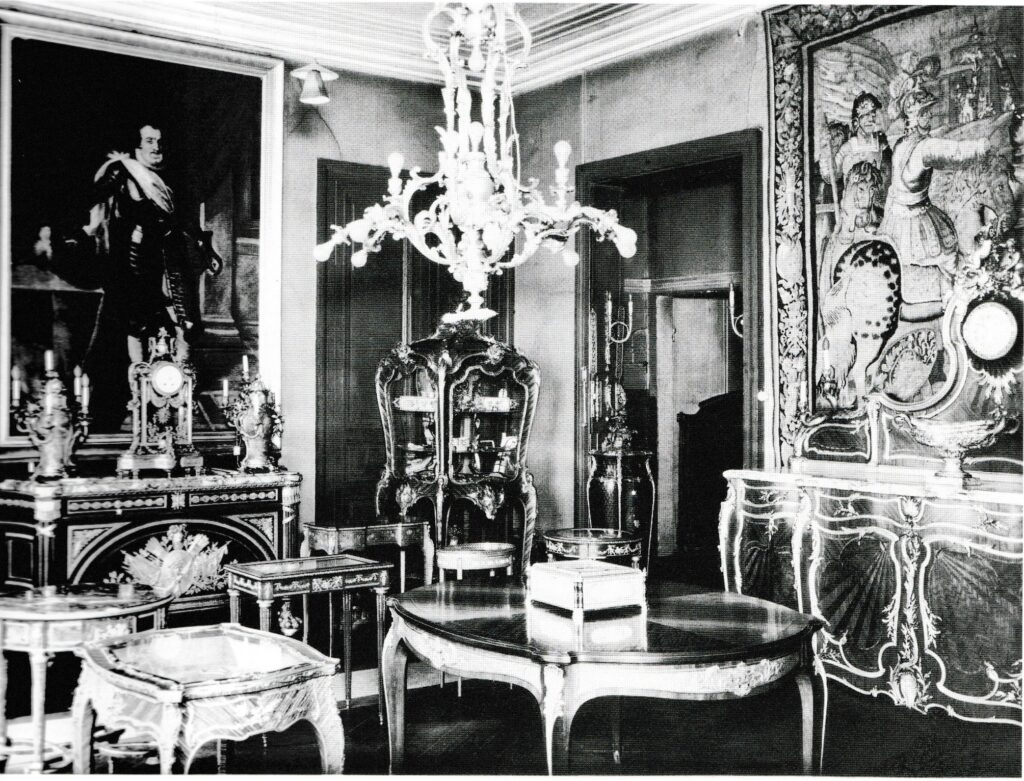
François Linke’s showrooms at 170 Faubourg Saint Antoine showing the present buffet. Christopher Payne records that it is a pièce unique made for Mme. Brodsky in 1911. The brèche violette marble top was repolished by Linke’s workshops in 1929 (Courtesy Christopher Payne/Linke Archive).
Mme. Brodsky
The Linke archive records that this buffet was a pièce unique made for a Mme. Brodsky in 1911. It can be speculated this this refers to the wife or daughter of Lazar Brodsky who was a Russian Imperial businessman of Jewish origin. Known as the “Sugar King of Kiev” Lazar Brodsky was born in 1848 in Zlatopol, modern day Ukraine in the family of Jewish entrepreneur Israel Brodsky. Together with his brother, Lazar Brodsky inherited their father’s sugar production and as head of Alexandria Society of Sugar Mills controlled a quarter of the total sugar production in the Russian Empire. Brodsky went on to develop commercial interests including in the Kyiv water board, tramlines, flour mills and steamships and was as a member of the St. Petersburg International Commercial Bank. Brodsky was widely known as a philanthropist and used his wealth to finance schools, the Jewish hospital in Kyiv and the construction of the biggest synagogue in Kyiv, which was built on the family estate and later named after him. His business and charitable works were recognised by his being awarded the Order of St. Vladimir.
In 1900, at the Universal Exhibition in Paris, Brodsky received the French Legion of Honour for the high quality of the goods produced at his plants. It is possible that he visited Linke’s award winning stand at the 1900 Exhibition and ordered this buffet. Lazar Brodsky died somewhat unexpectedly in 1904, with four daughters but no sons. After his death, his brother Lev inherited the dynasty. Following the Russian revolution, Lev emigrated to Paris in 1918. Perhaps this buffet was never delivered or bought back – the Linke archives record that the the brèche violette marble top being repolished by Linke’s workshops in 1929.
France, Circa 1910.
Léon Messagé
Léon Messagé (1842-1901) had a brilliant, but short lived career. He is best known for his incredible sculptural collaboration with François Linke for the 1900 Paris Exposition Universelle. A gifted sculptor, Messagé was also responsible for much of the design and creative work for Roux et Brunet and Joseph-Emmanuel Zwiener.
Messagé enjoyed great success as a designer/sculptor before his collaboration with Linke. Indeed he was mentioned as a gold medal winner at the 1889 International Exhibition and was especially praised for his work on a cabinet by Zwiener. He came into contact with Linke in 1885 and it appears from then on Linke employed him on a regular basis.
Messagé was primarily influenced by rococo ornament but he strove to re-interpret it. He did not produce slavish copies, and his original approach can be appreciated in Linke’s celebrated Grande Bibliothèque and Grand Bureau exhibited at the 1900 Paris Exposition Universelle. A number of drawings by Messagé are recorded and after his success at the exhibition of 1889 he was encouraged to publish his designs.
‘Cahier de dessins & croquis, style Louis XV: bronzes, orfèvrerie, décoration, meubles’ was first published by the sculptor himself, from his Paris address of 40 rue Sedaine. There were five sections with an elaborate title page surmounted by the sculptor’s cipher or talisman of a wing, a pun on his own name as the messenger to the Gods, a motif he used many times on the handles of furniture designed for Linke.
As a sculptor Messagé was trained to produce a wax maquette or model prior to working on a piece. It is especially interesting that his maquettes were of the piece of furniture in its entirety, a rare and exacting task occasionally seen for eighteenth century French Royal commissions. For Messagé it was not just a matter of producing decorative mounts; the piece was conceived as sculpture, bronze, timber and marquetry as one.
Дата
Около 1910 года
Происхождение
Франция
Средний
Gilt-Bronze and Mahogany
Подпись
Signed Right Hand Corner Mount 'F Linke'. The Clock Dial Also Signed 'F Linke'. The lockplate Stamped 'Ct Linke Serrurerie Paris 2184'.
Франсуа Линке (1855 - 1946) был самым значительным парижским краснодеревщиком конца XIX - начала XX века и, возможно, самым востребованным краснодеревщиком своего периода.
Он родился в 1855 году в маленькой деревне Панкрац на территории нынешней Чешской Республики. Согласно записям, Линке проходил стажировку у мастера-краснодеревщика Ноймана, затем в 1875 году в возрасте 20 лет он приехал в Париж, где жил до самой смерти в 1946 году.
Известно, что зарождающиеся мастерские Линке активно работали в Париже на Фобур Сент-Антуан уже в 1881 году, и в это время он поставлял мебель для других более известных производителей, таких как Янсен и Кригер.
Качество мастерства Линке было непревзойденным среди его современников и достигло своего пика на его впечатляющем стенде на Всемирной выставке в Париже в 1900 году, где его Гранд Бюро получило золотую медаль. Он поставил на кон свое состояние и репутацию, представив на выставке несколько захватывающих дух предметов мебели со скульптурными креплениями самого исключительного качества и пропорций. Его авантюра сработала, и репутация была настолько прочной, что Linke оставался ведущим мебельным домом в Париже вплоть до Второй мировой войны.
Как писал журнал "Арт Джорнал" в 1900 году о стенде Линке:
"Работа М. Линке ... была примером того, что можно сделать, если искать вдохновение среди классических образцов Людовика XV и XVI, не копируя в каком-либо смысле эти великие произведения. Работа М. Линке была оригинальной в истинном смысле этого слова, и как таковая, она понравилась умному искателю действительно художественных вещей выставки. Замечательный талант был использован при изготовлении великолепных предметов мебели, представленных на выставке....'.
Формирование характерного стиля Линке стало возможным благодаря его сотрудничеству со скульптором Леоном Мессаже. Вместе Линке и Мессаже разработали мебель для выставочного стенда Линке в 1900 году, украшенную аллегорическими фигурами, отлитыми в высоком рельефе, что стало примером способности Линке органично объединять различные средства резьбы по дереву, бронзы и маркетри в динамичное единое целое.
Сегодня Линке наиболее известен благодаря исключительно высокому качеству своих работ, а также своему индивидуализму и изобретательности. Все его работы имеют самые тонкие, самые пышные крепления, очень часто применяемые к сравнительно простым тушам. Технический блеск его работ и художественные изменения, которые они представляли, никогда не будут повторены.
Библиография:
Пейн, Кристофер. Франсуа Линке, (1855 - 1946), Belle Époque французской мебели, Клуб коллекционеров антиквариата, (Вудбридж, Великобритания), 2003.
Мейер, Джонатан. Великие выставки - Лондон, Нью-Йорк, Париж, Филадельфия, 1851-1900, Клуб коллекционеров антиквариата, (Вудбридж, Великобритания), 2006; стр. 298 - 300.
Ledoux - Lebard, Denise. Les Ébénistes du XIXe siècle, Les Editions de l'Amateur, (Paris), 1984; pp. 439-43.
Revue Artistique & Industrielle, (Париж), июль-август 1900 года.
Корал Томсен, Д. (ред.), Парижская выставка 1900 года, Художественный журнал, 1901; стр. 341.
Pièce unique made for a Mme. Brodsky in 1911.
Collection of Mr. and Mrs. William Myron Keck of Owlwood Estate, Beverly Hills, CA.
Payne, Christopher. François Linke, (1855 – 1946), The Belle Époque of French Furniture, Antique Collectors’ Club, (Woodbridge, UK), 2003. pp. 71-95, 463 (pl. 552).
Payne, Christopher. François Linke, 1855 – 1946, The Belle Époque of French Furniture, Antique Collectors’ Club, (Woodbridge, UK), 2003; pp. 71-95.
Mestdagh, Camille & Lécoules, Pierre. L’Ameublement d’art français: 1850-1900, Les Editions de l’Amateur, (Paris), 2010; pp. 173-176.
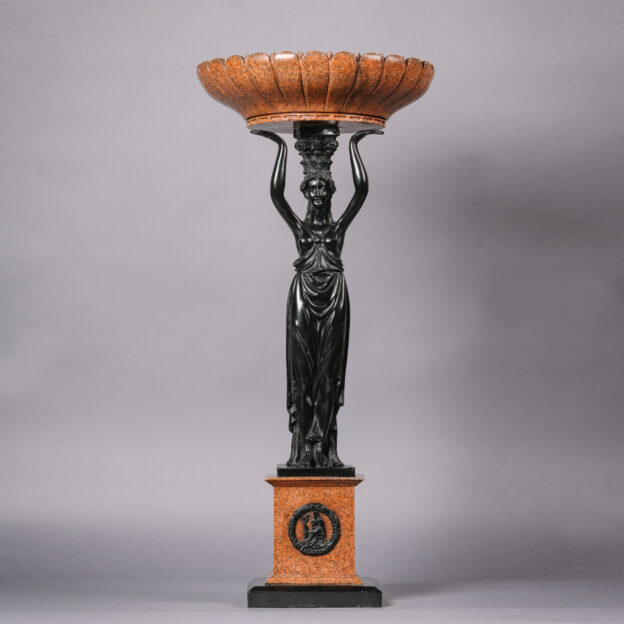




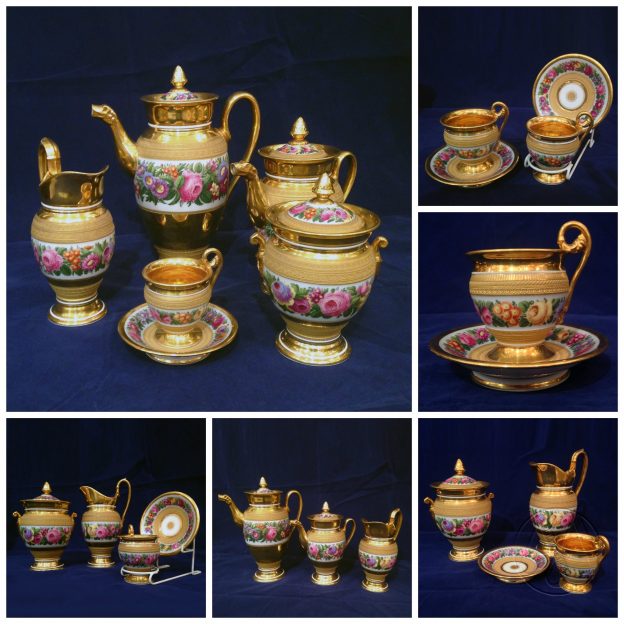
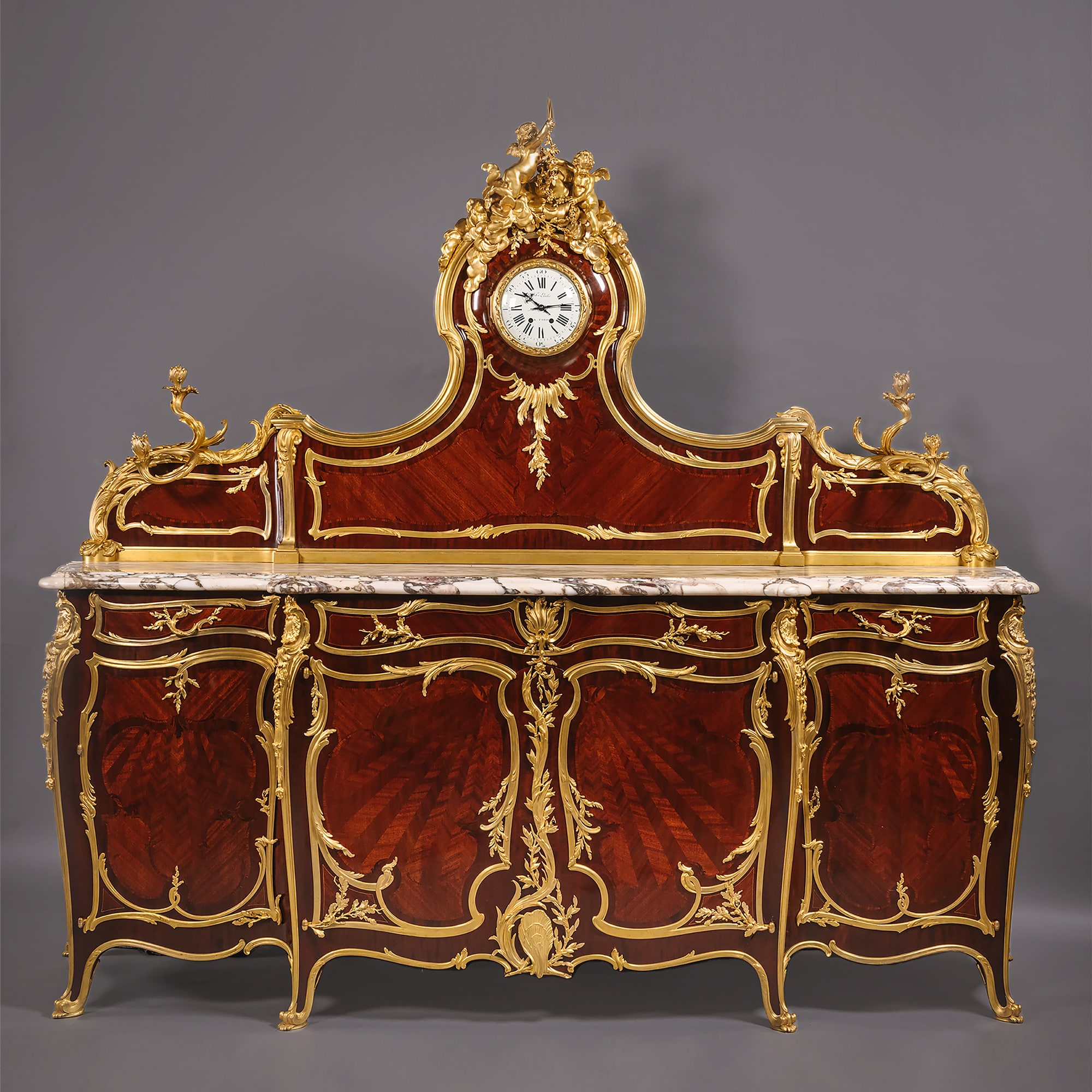
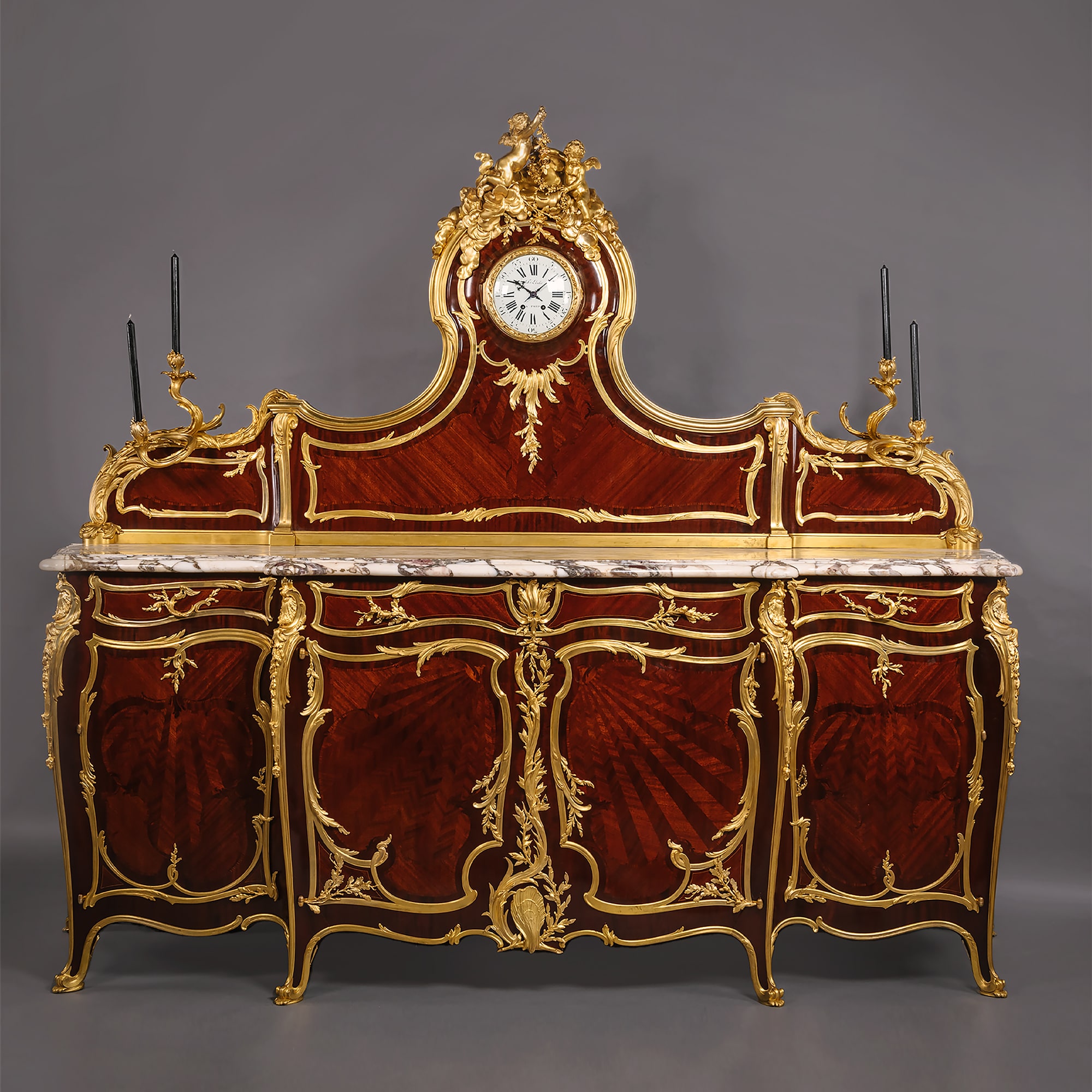

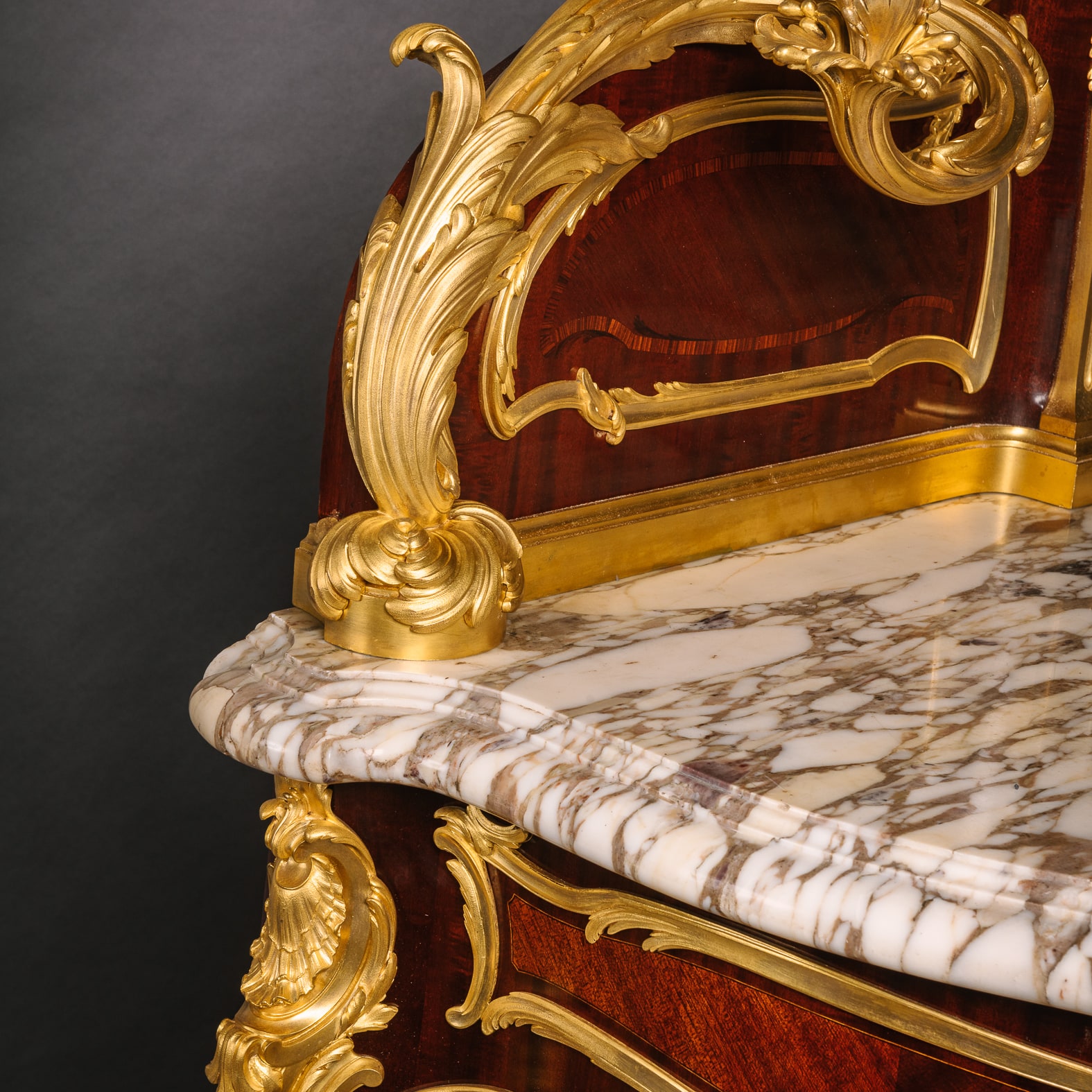

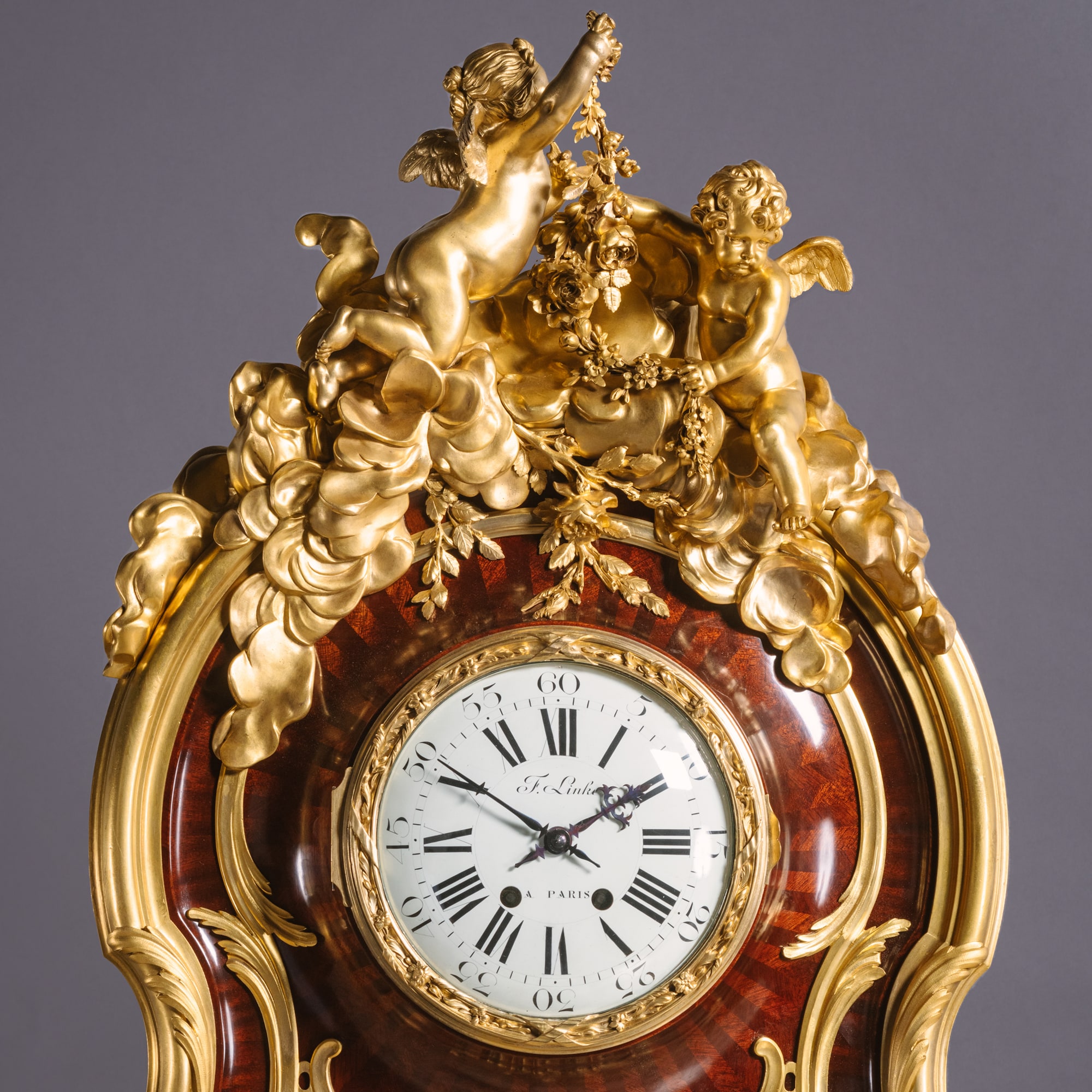

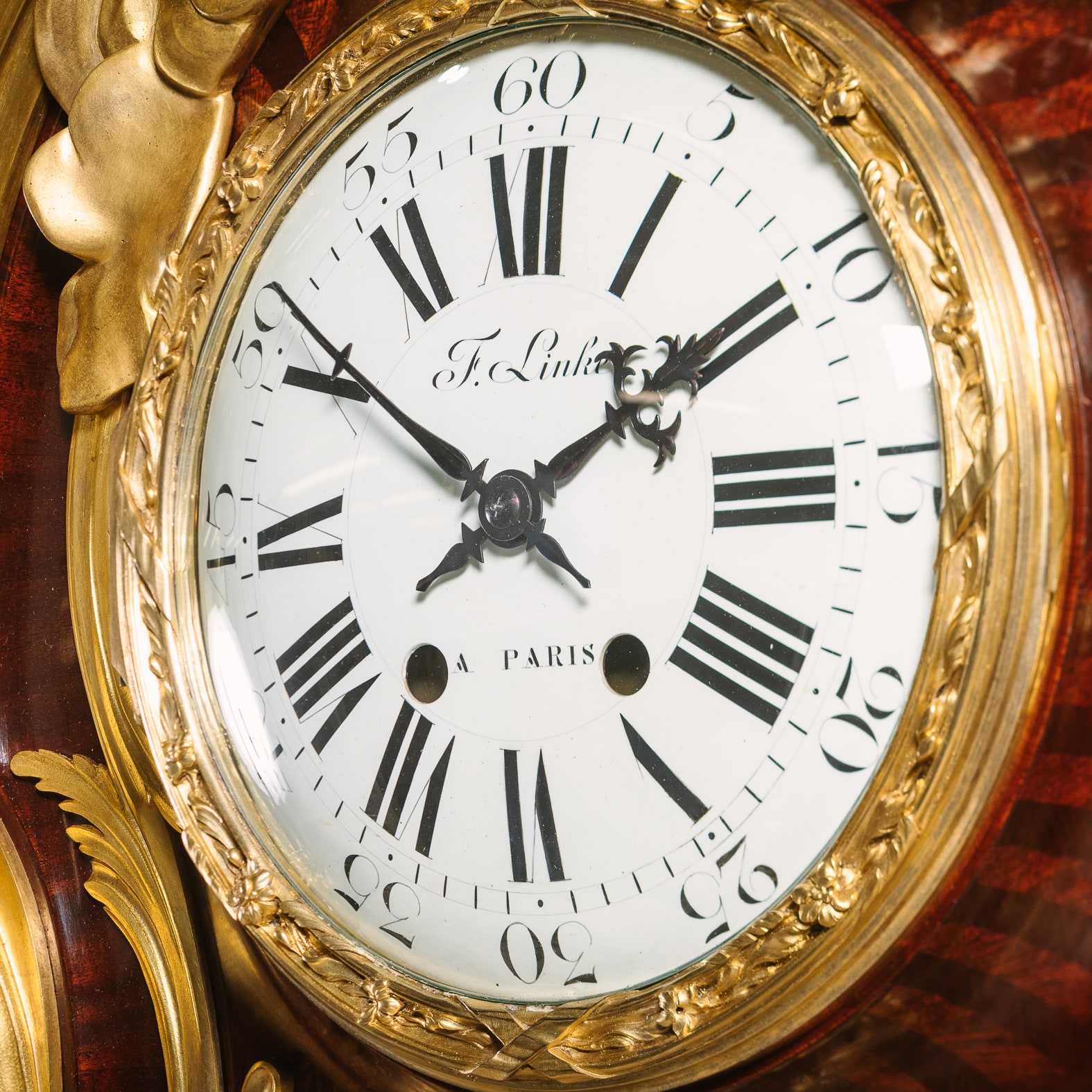
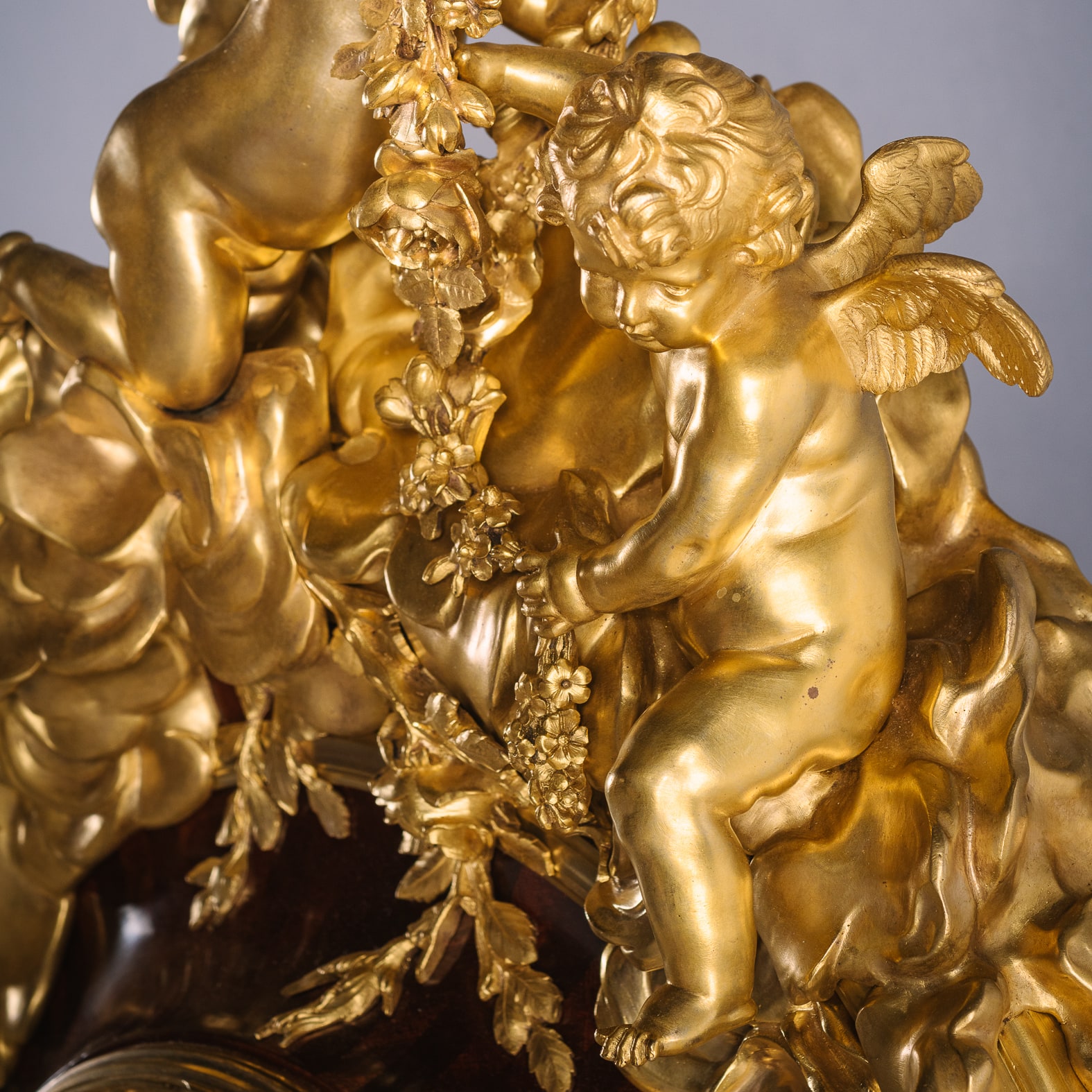
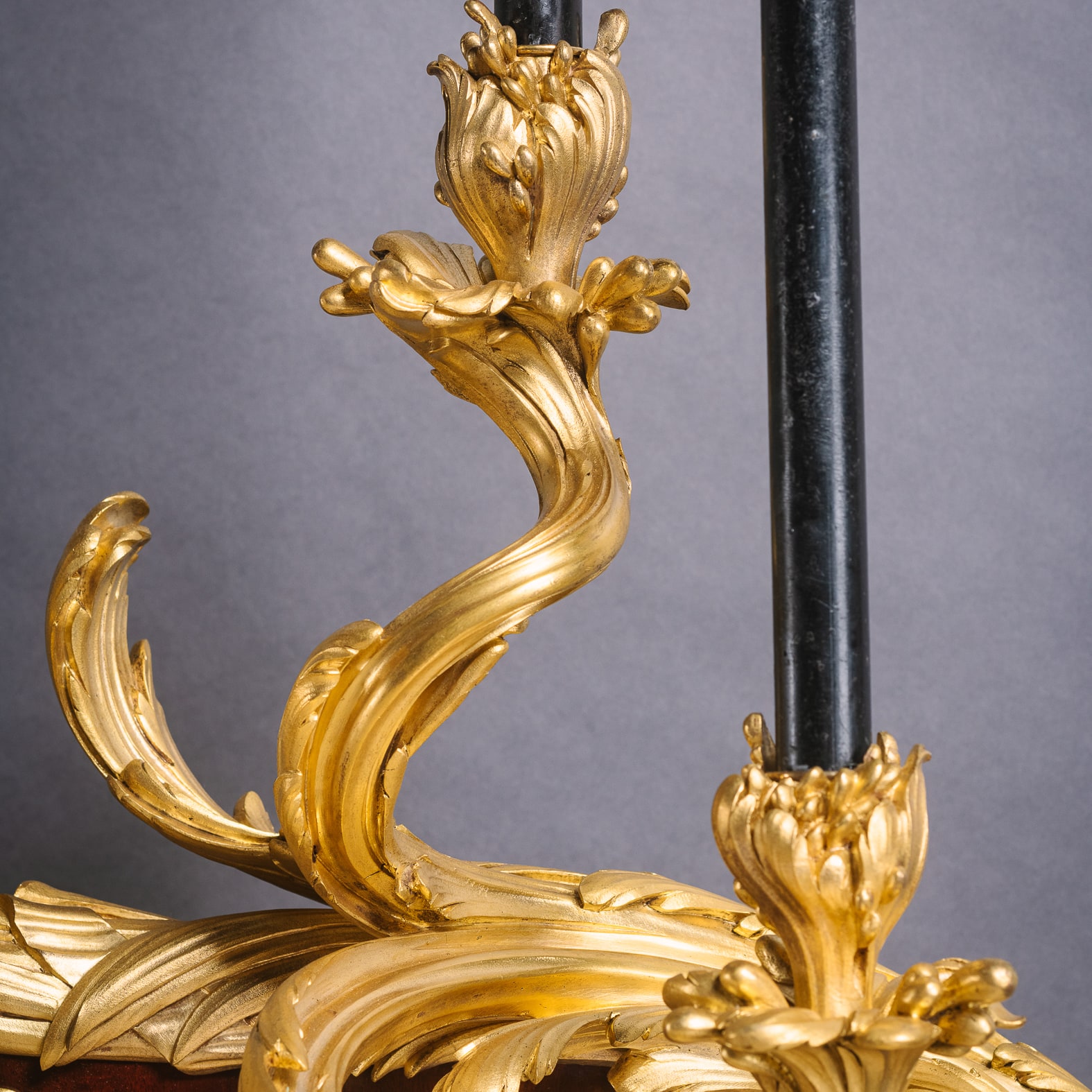

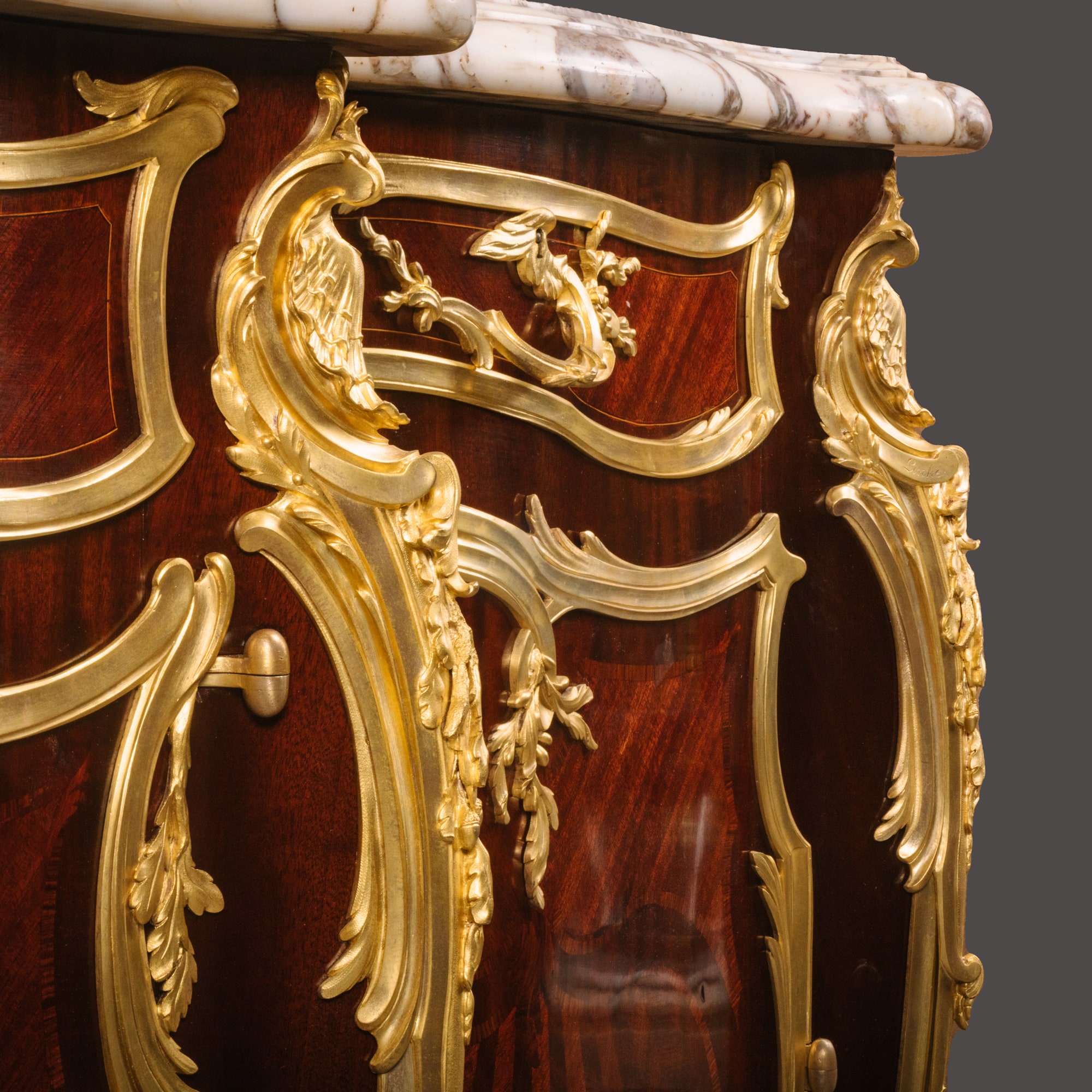

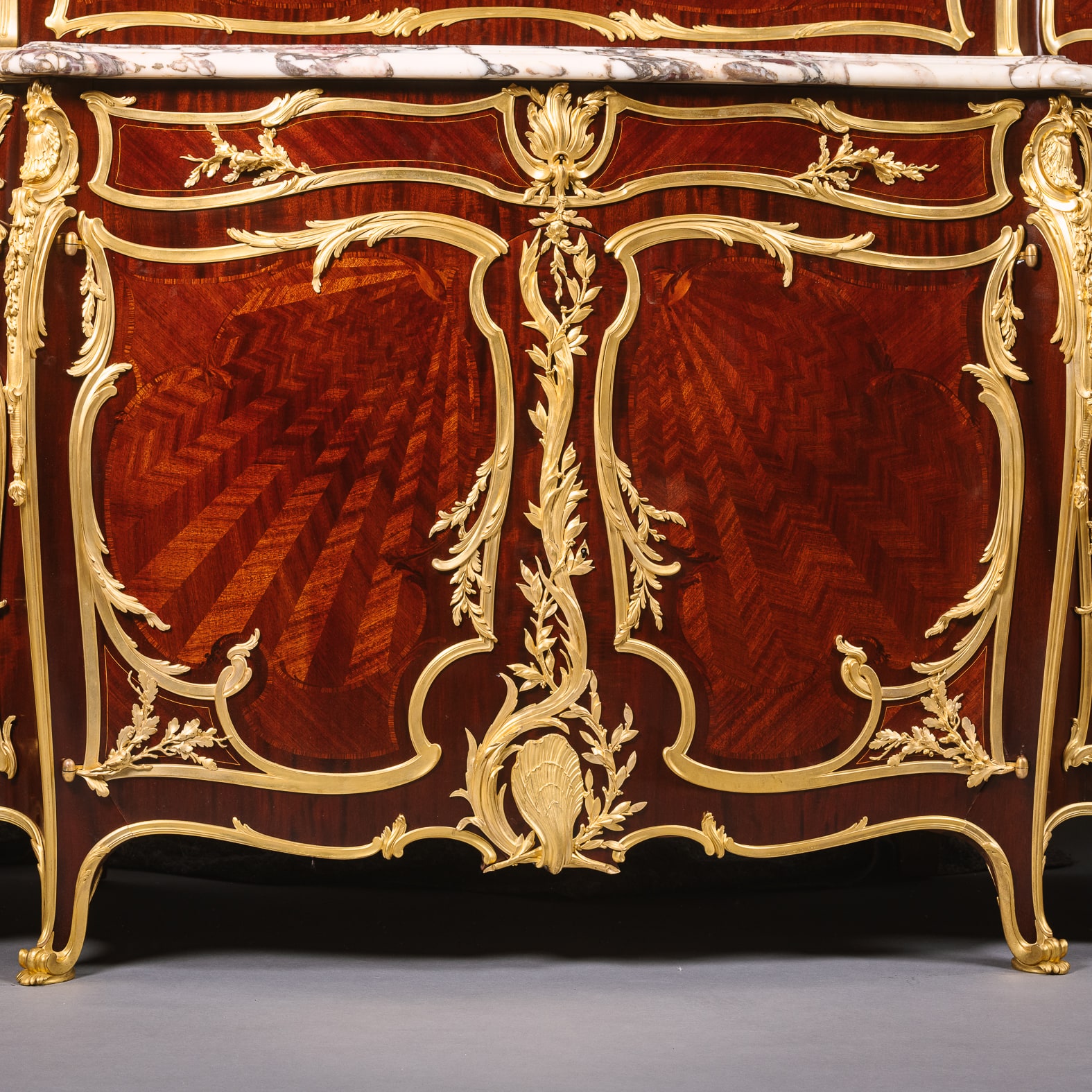

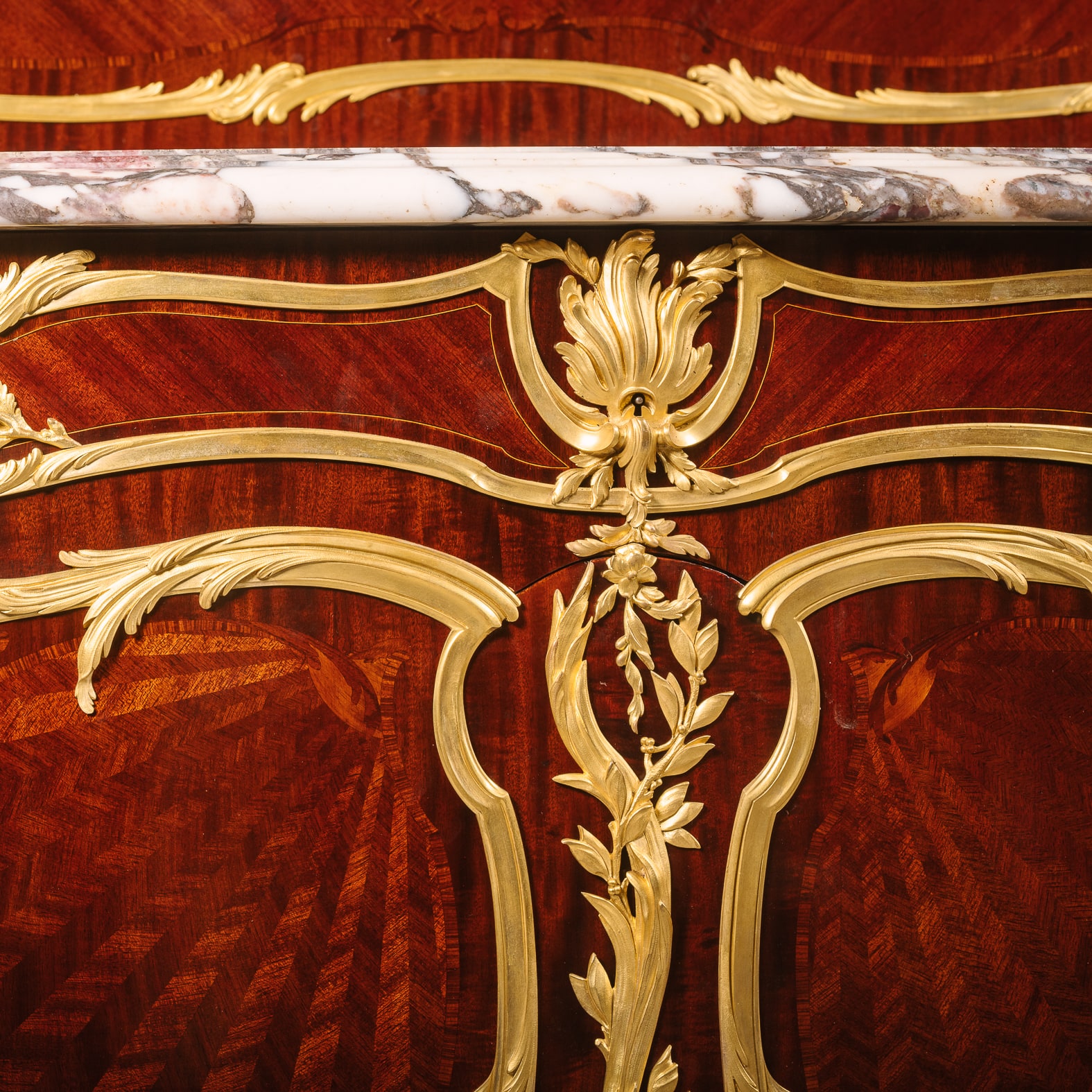
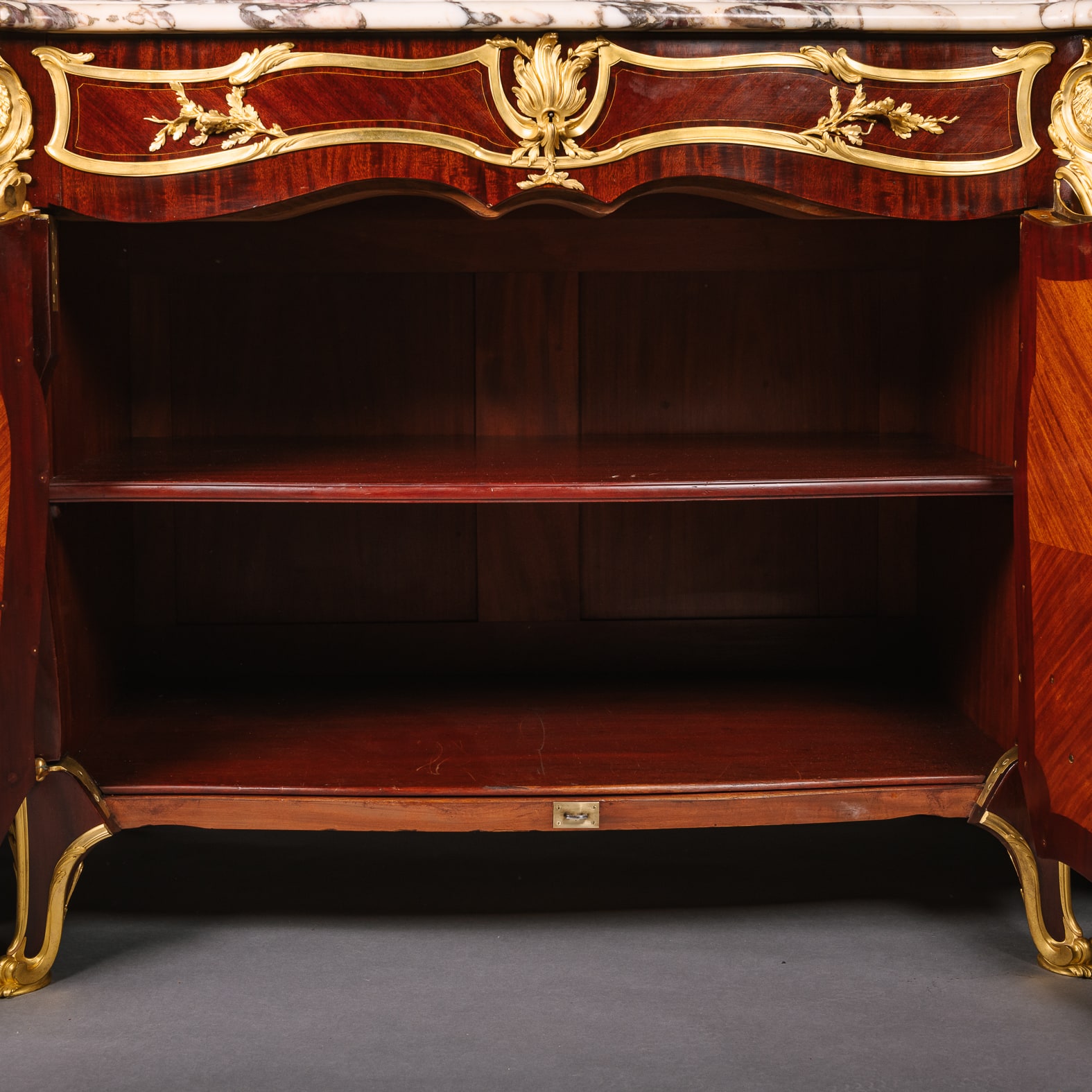

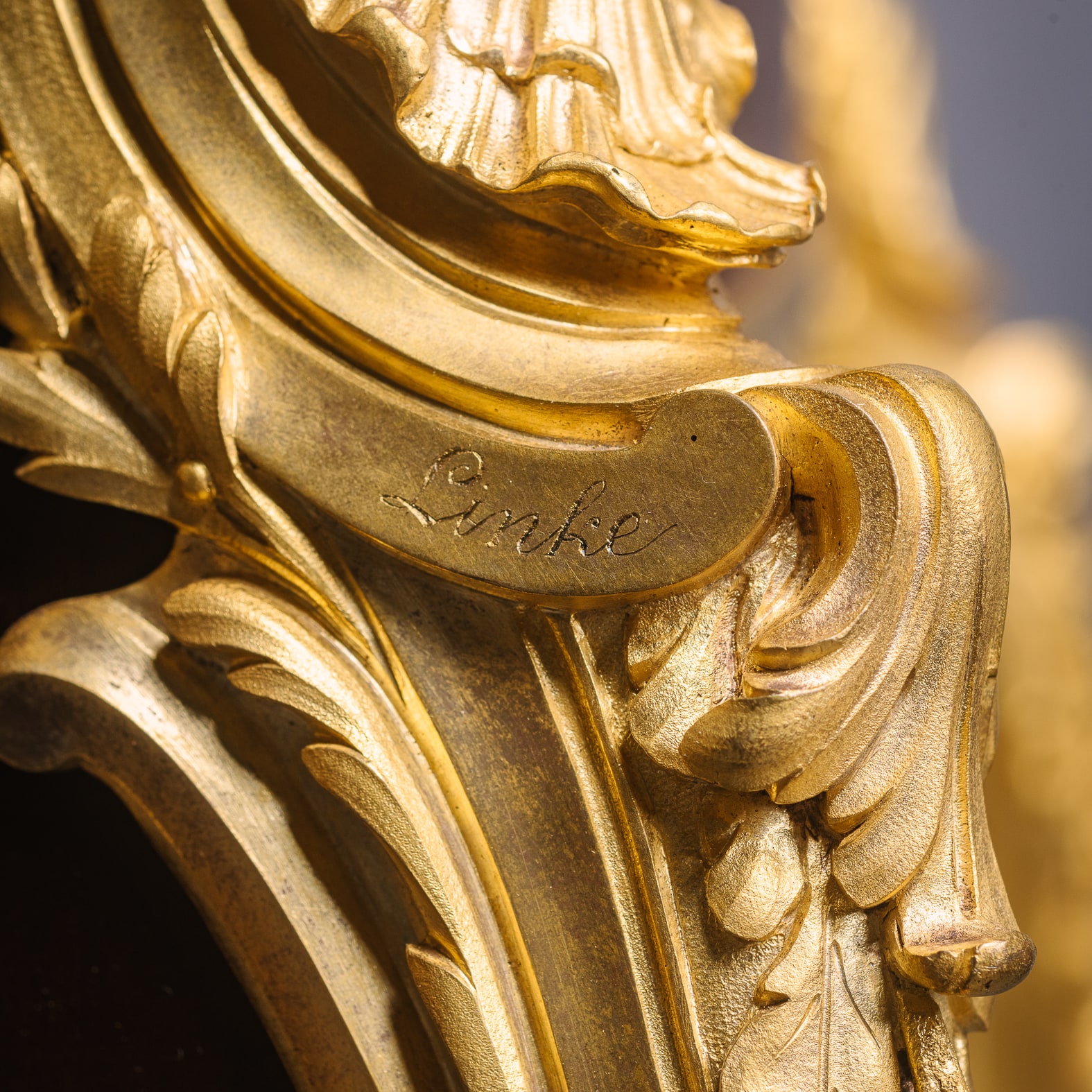
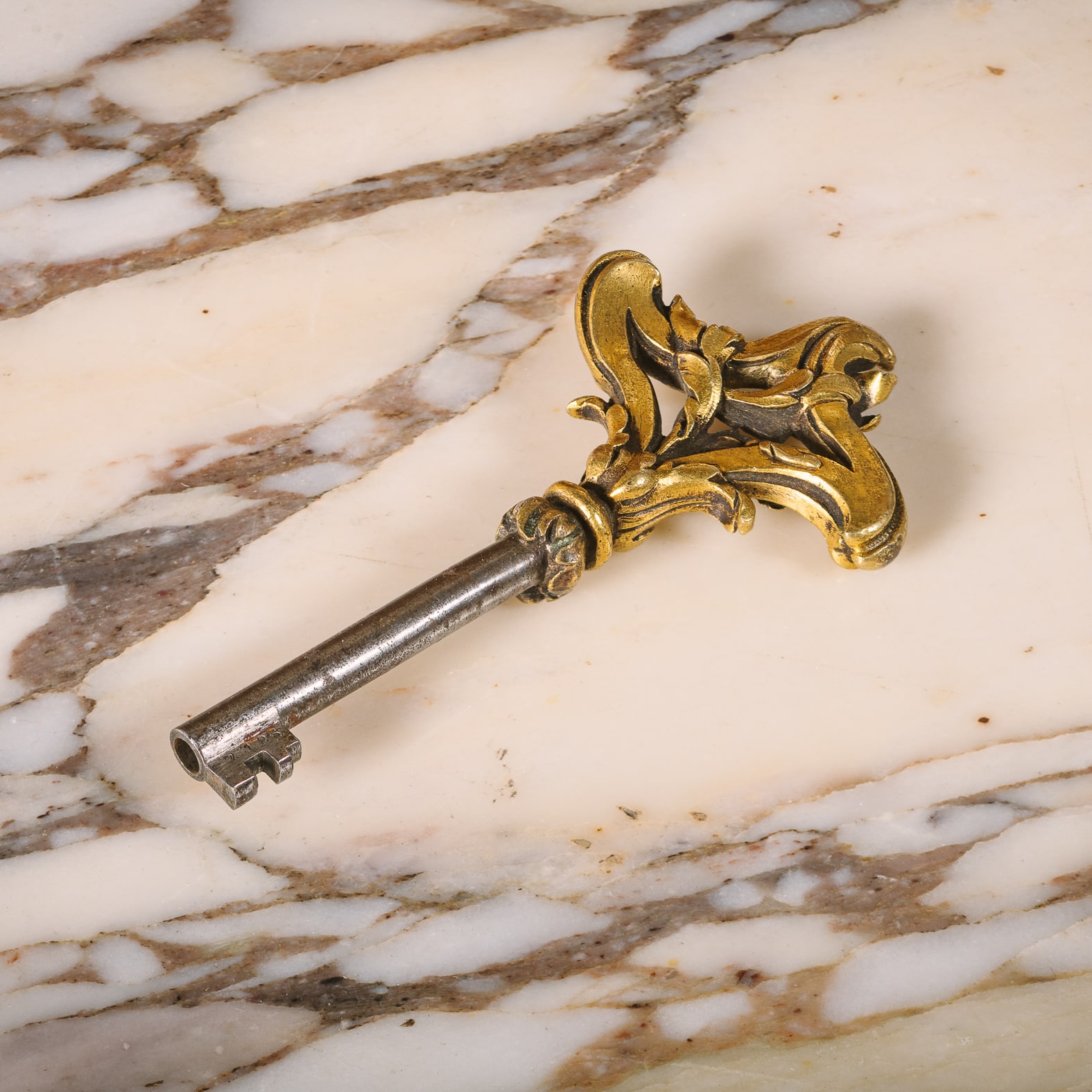
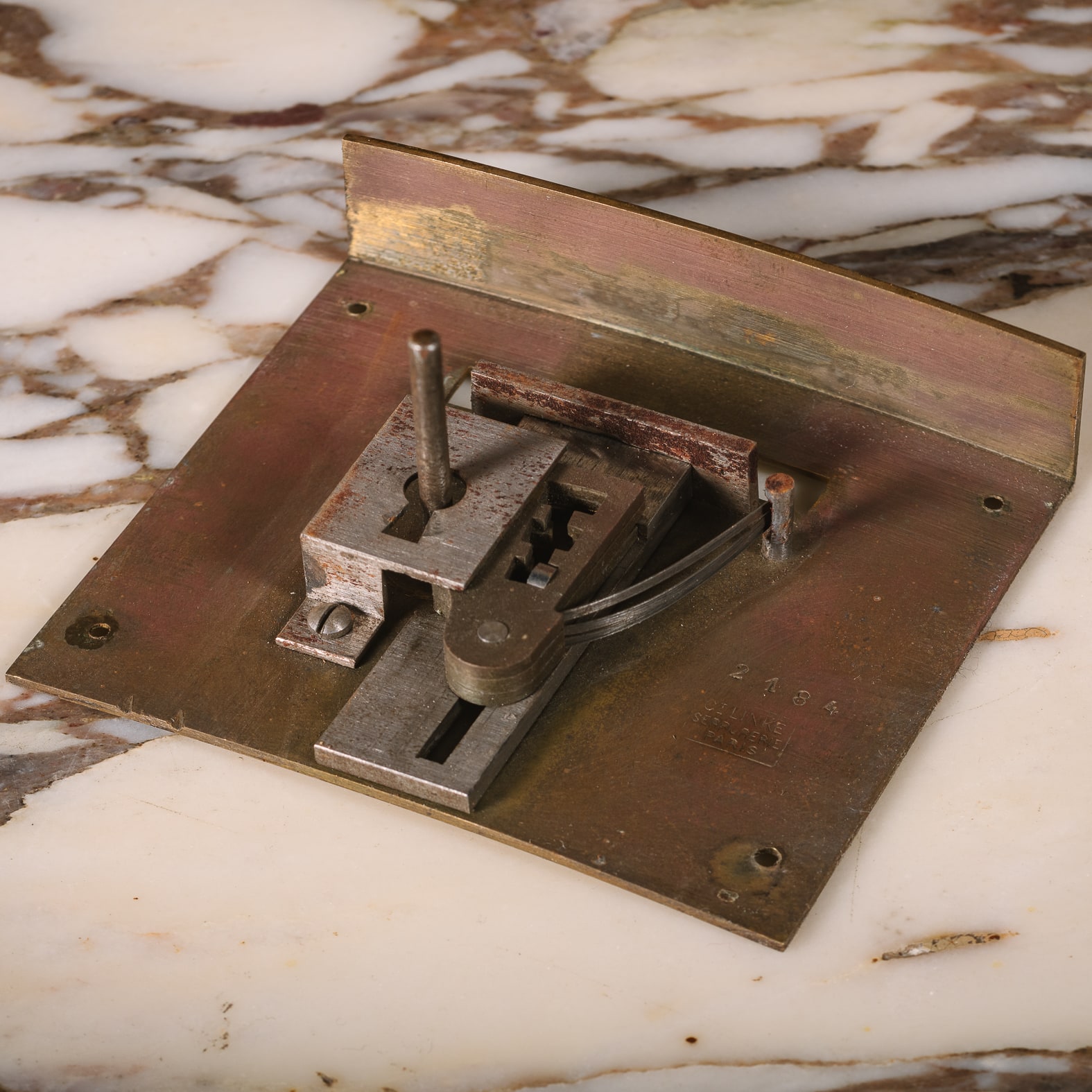


 Печать
Печать